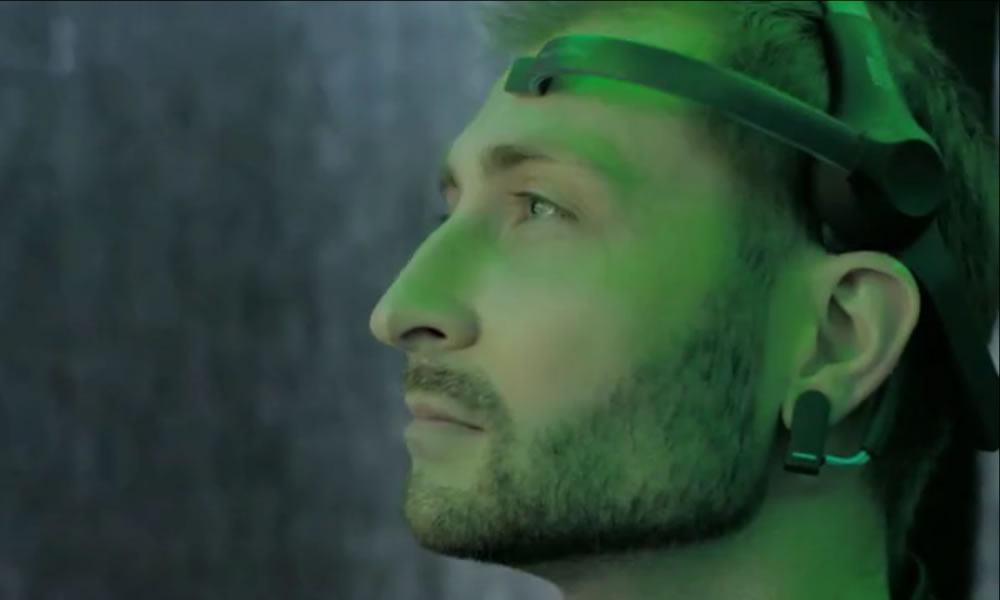Could We Soon Record Our Dreams? Headset Uses Brainwaves to Give Viewers Snapshots of Their Subconscious Mind
By Sarah Griffiths | MailOnline
If you have woken up from a vivid dream, only to forget what it was about, you might want a dream recorder.
While such a consumer device may be years away, researchers have created a system that uses a biosensor headset to edit moving images shown on a screen according to changes in an individual’s brain activity.
The film that’s created is a visual record of a wearer’s subconscious mind, giving them a glimpse into the dream world.
Manchester-based animator Richard Ramchurn came up with the idea for the #scanners cinema experience, which allows everyone to watch a film differently.
In its initial format, his setup allows a single user to manipulate a digital art installation.
‘Narratives and layers can be built that are all governed by the user’s concentration and meditation levels. Edit points can be created by monitoring the users blinking.
‘The audience can project their feelings onto the film that they are seeing, the film they watch will have a series of overlapping structures that they can interact with and/or disregard,’ he wrote on Kickstarter, which he used to raise funds for the project.
WHAT IS #SCANNERS?
#Scanners is a new interactive visual arts installation that bridges the gap between digital arts and neuroscience. We have created an experience that uses wireless brain scanners that allows the user to manipulate a digital art installation. Narratives and layers can be built that are all governed by the users concentration and meditation levels. Edit points can be created by monitoring the users blinking.
The audience can project their feelings onto the film that they are seeing, the film they watch will have a series of overlapping structures that they can interact with and/or disregard.
The spectator is no longer passive and must enter into a dialogue with the artwork.

